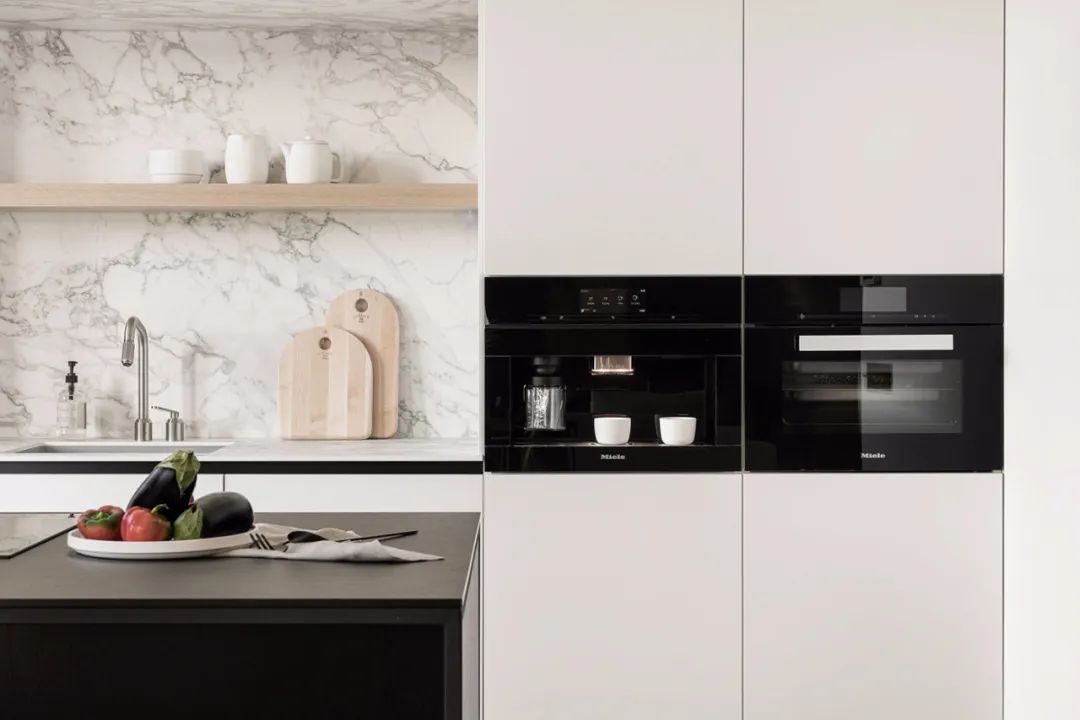
Design Consultant | Chen Big Cat
Especially in kitchen spaces and balconies, whether large or small appliances, they take up a lot of space. Cluttered appliances placed on countertops or on the floor against the wall make the space look very messy and uncomfortable. Therefore, embedded design solves this pain point by hiding all appliances inside cabinets or walls.
So, how should this embedded appliance design be done? What factors need to be considered?
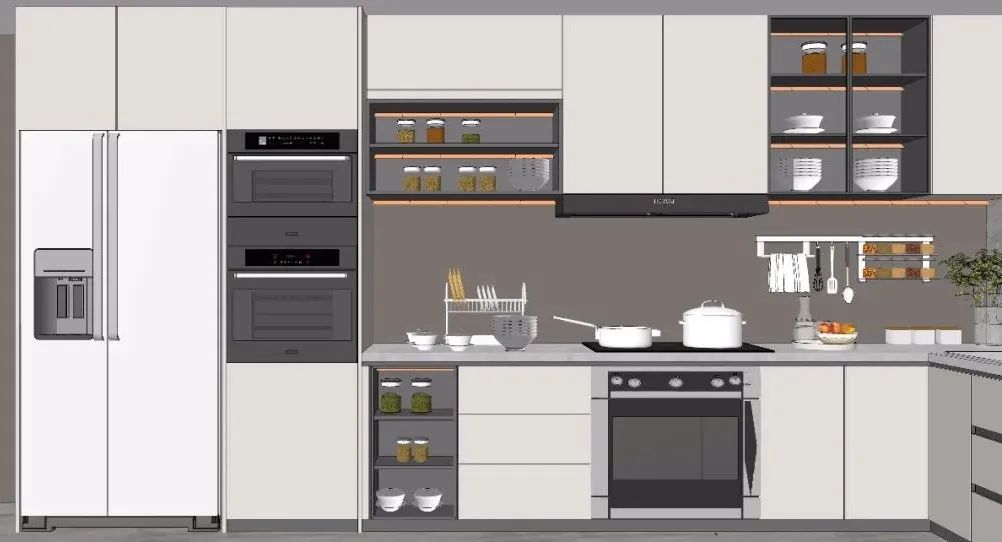
This article focuses on the following aspects
How to design “embedded appliances”?
1. What is embedded design?
2. Prerequisites for embedded appliance design
3. Scale requirements for embedded appliances
4. Design requirements for heat dissipation and water and electricity
What is the design of “embedded appliances”?
It is to embed commonly used household appliances, such as refrigerators, ovens, steam ovens, microwaves, sterilizers, dishwashers, washing machines, dryers, televisions, etc., all installed inside customized cabinets or walls.
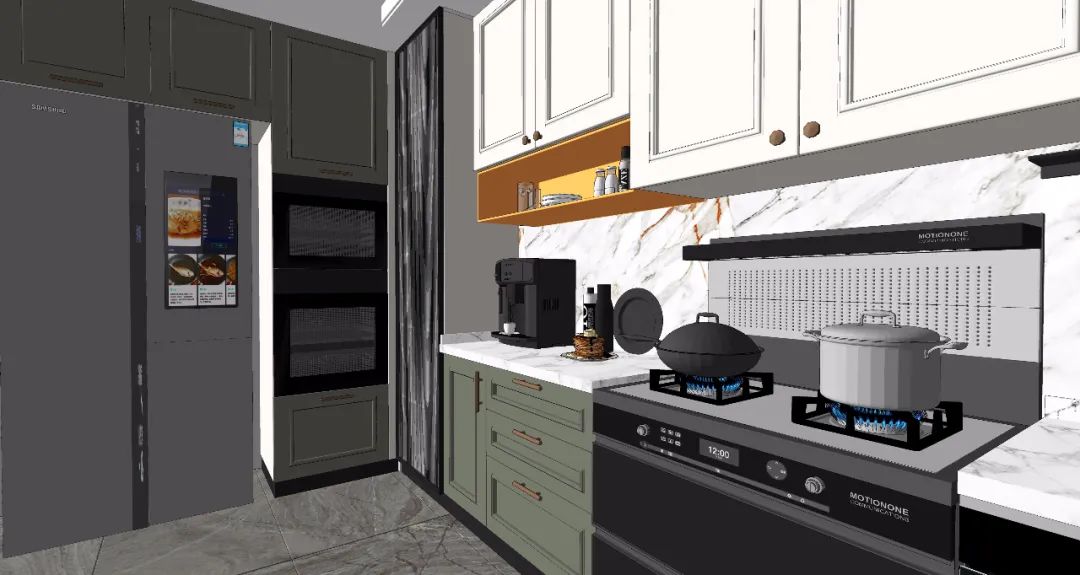
This saves space, makes the entire space look more cohesive, fresher, and cleaner, greatly improving the usability of the space and reducing waste.
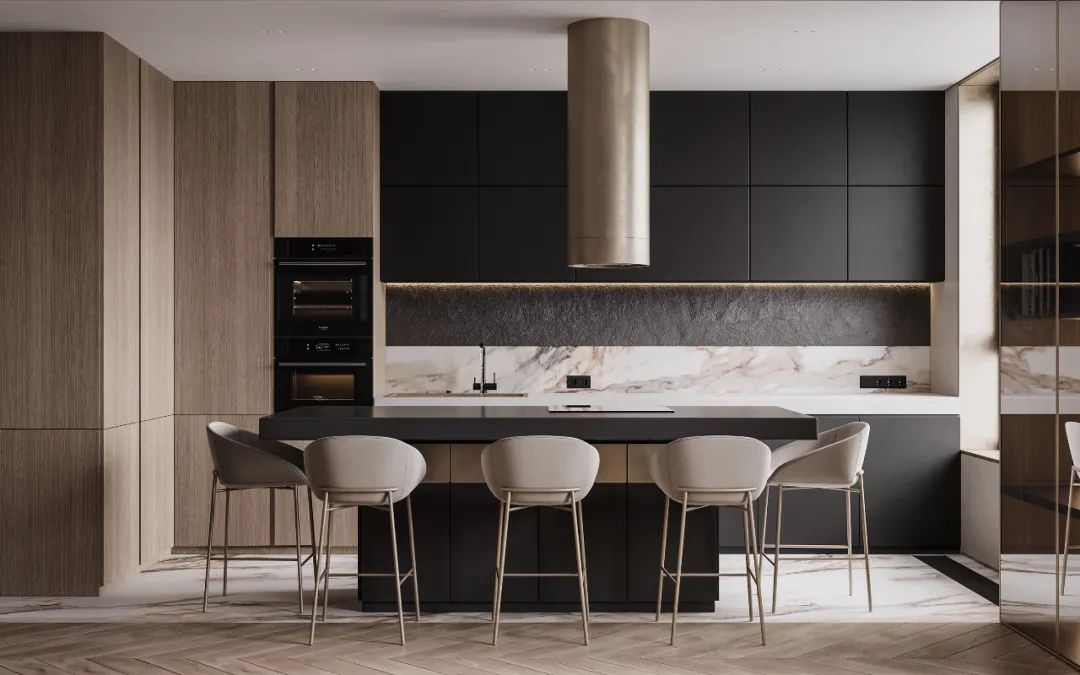
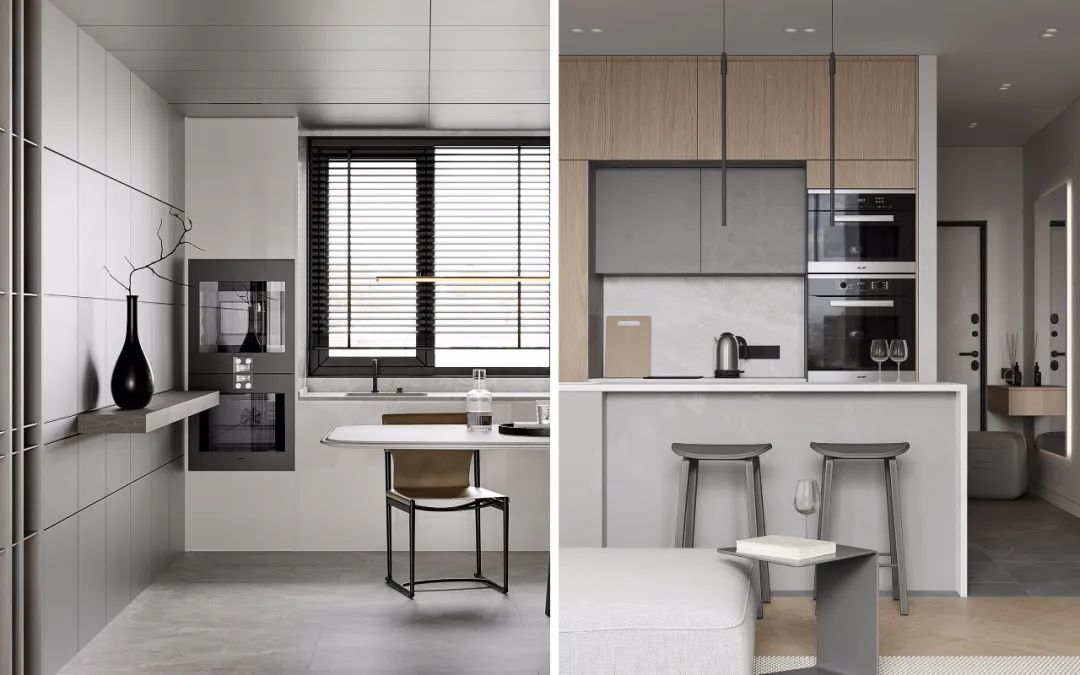
Prerequisites for “embedded appliances” design
The design of embedded appliances is not suitable for all spaces; all designs should be pragmatic. Therefore, the embedded appliance design needs to meet the following conditions:
Generally speaking, most balcony spaces adopt embedded design, embedding washing machines, dryers, and sinks into customized cabinets.
The biggest issue is the kitchen space. Embedded appliances are not about tearing down part of the wall to stuff appliances inside; instead, it is about flexibly arranging the positions of appliances from an overall perspective.
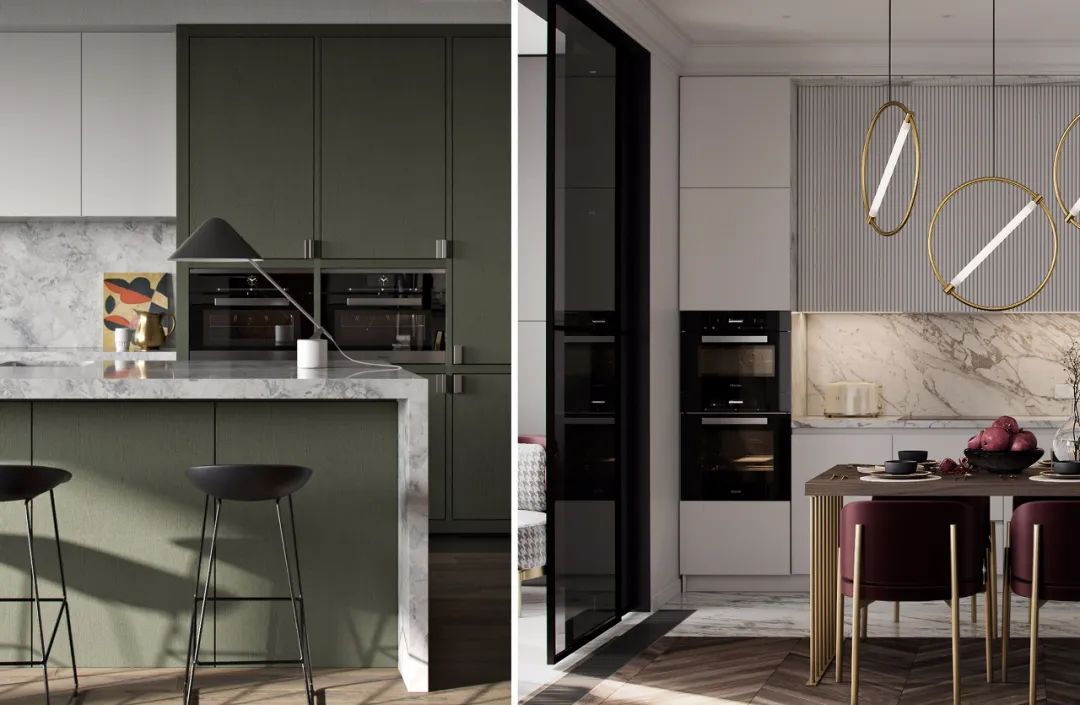
Essentially, it still occupies the space area of the kitchen itself. The appliance doors and standing space need to have sufficient scale. Therefore, if the kitchen is too small and lacks storage and passage space, then embedded appliance design cannot be implemented.
2. Sufficient customer budget
Embedding appliances involves not only the appliances themselves but also the customized cabinets, and the overall cost is much higher than that of non-embedded designs. Therefore, to truly implement it, the customer’s budget must be sufficient.
3. Appliance dimensions and after-sales
Embedded appliances differ from regular appliances; they require installation. The dimensions between the appliances and cabinets must be carefully considered to ensure a proper fit. Additionally, after-sales service must be taken into account for future maintenance and care.
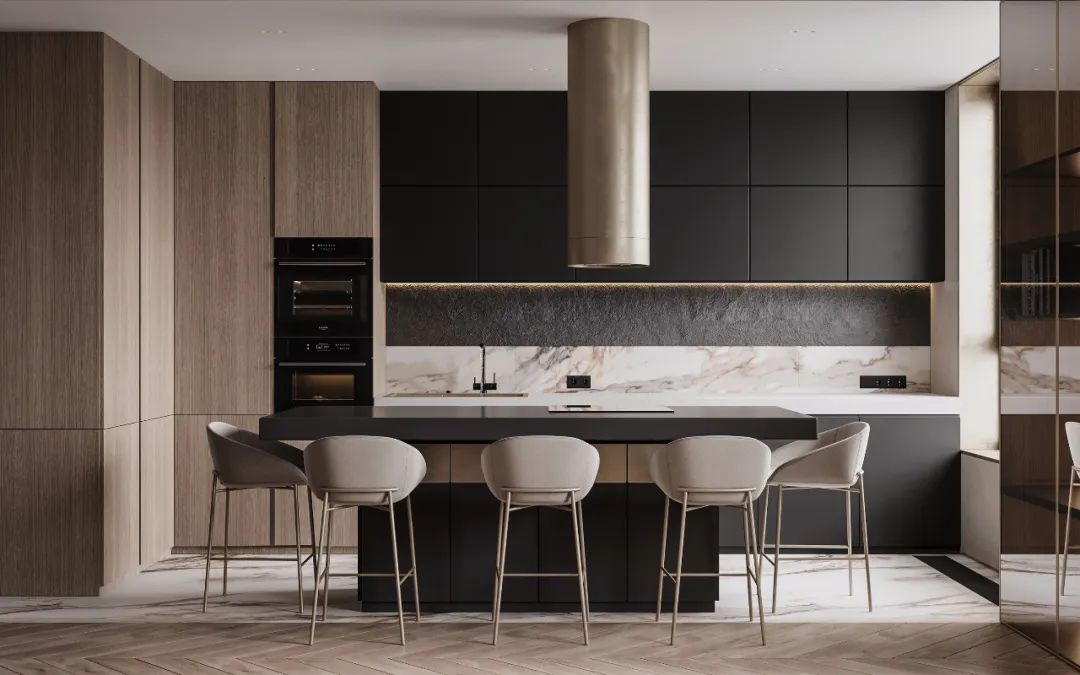
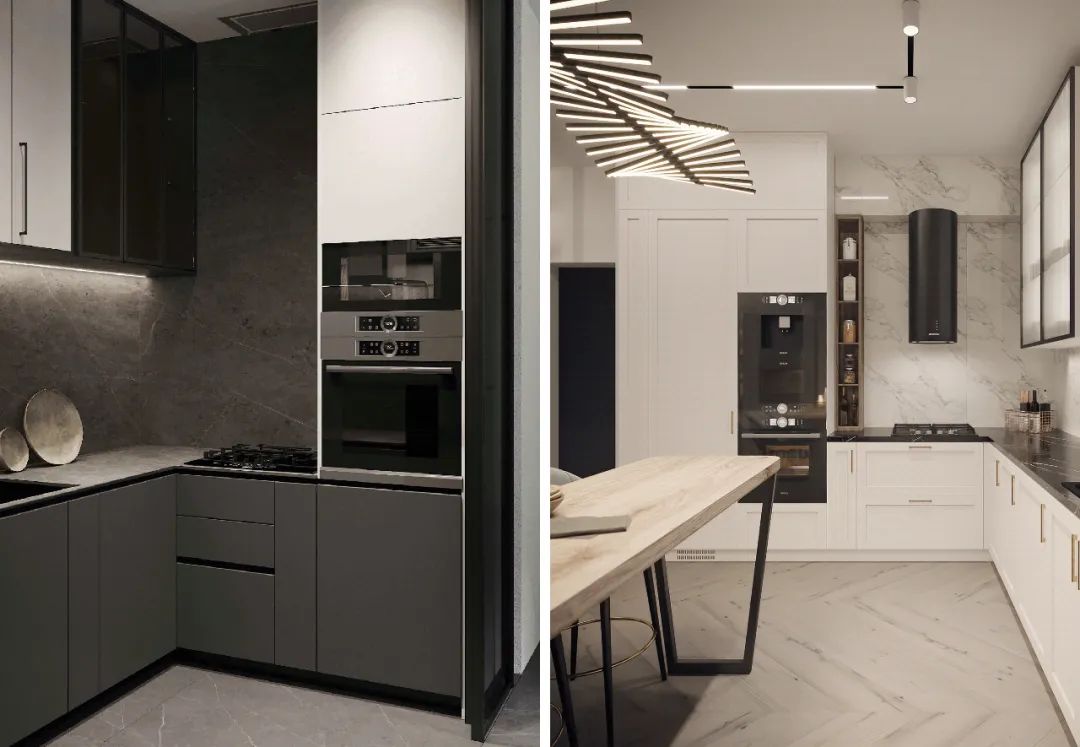
Scale requirements for “embedded appliances” design
When considering embedded appliances, the dimensions of both the cabinets and the appliances must be taken into account.
1) Cabinet size requirements
When designing cabinet dimensions, the opening dimensions of appliances and the standing dimensions of people must be considered. Appliances are typically embedded in base cabinets or full-height cabinets, and the standard depth of cabinets is around 600mm. After arranging the cabinets, a passage size of ≥1200mm must be ensured.
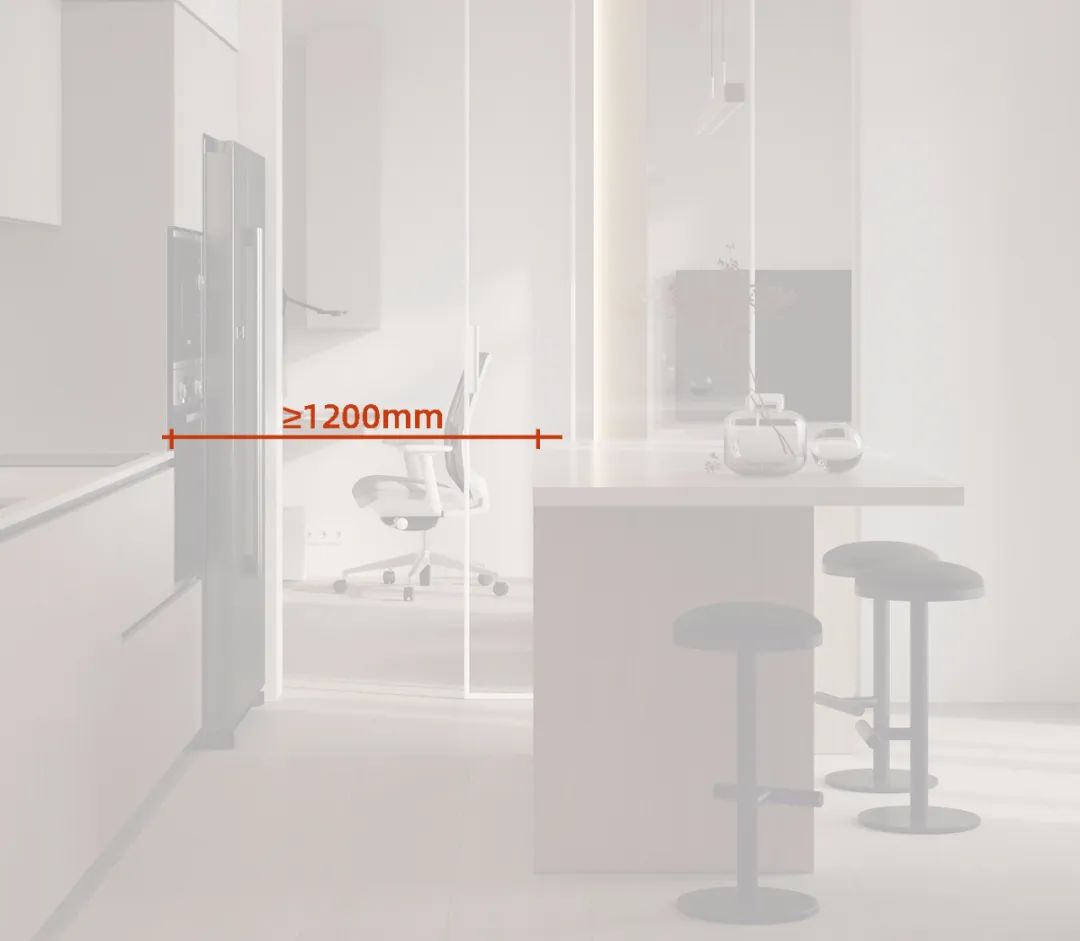
Embedded appliances generally have outward-opening doors, so when the doors are opened, they will occupy passage space. The opening size is about 500mm or more, requiring at least 600mm of standing space. Therefore, for embedded appliance cabinets, the passage area must be at least 1200mm to meet requirements.
Passage area width ≥ appliance opening size + standing space
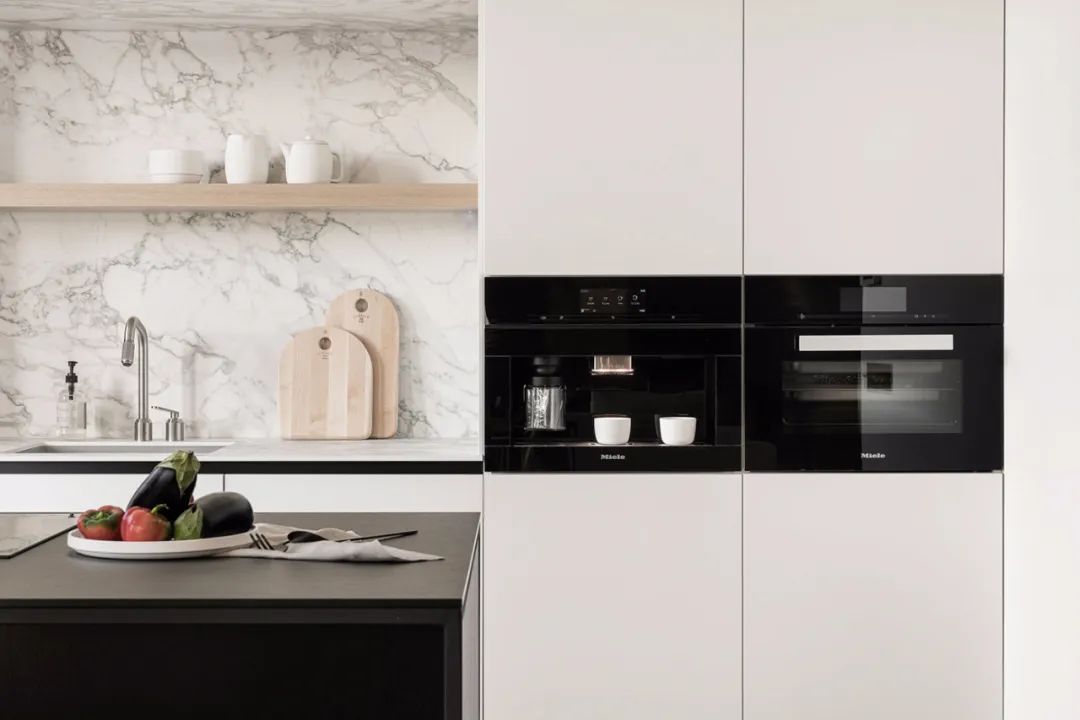
2) Appliance size requirements
As for which appliances need to be embedded, including the dimensions of embedded appliances, all must be determined before making the cabinets to reserve appropriate dimensions and pre-allocate electrical sockets.
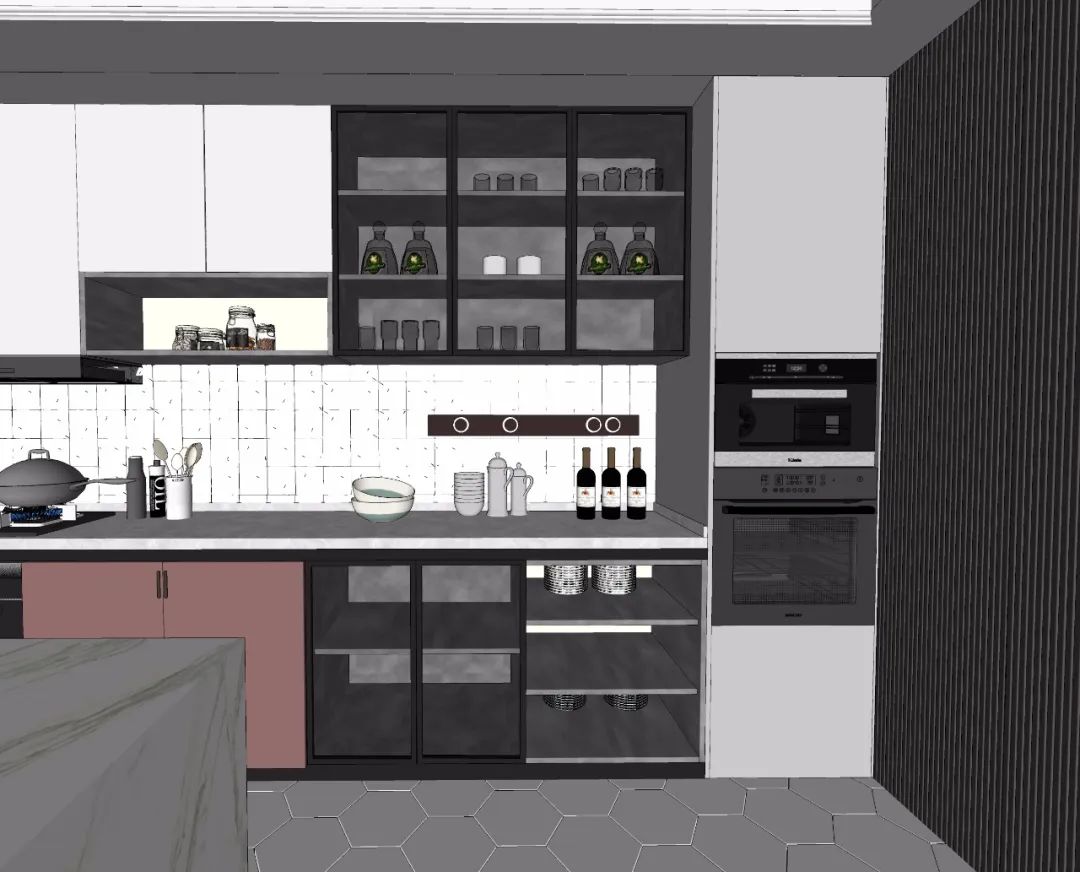
Design requirements for heat dissipation and water and electricity
1) Heat dissipation design requirements
One crucial factor for these embedded appliances is heat dissipation. Since they are in a closed cabinet, the enclosed state may slow down the heat dissipation speed, affecting efficiency.
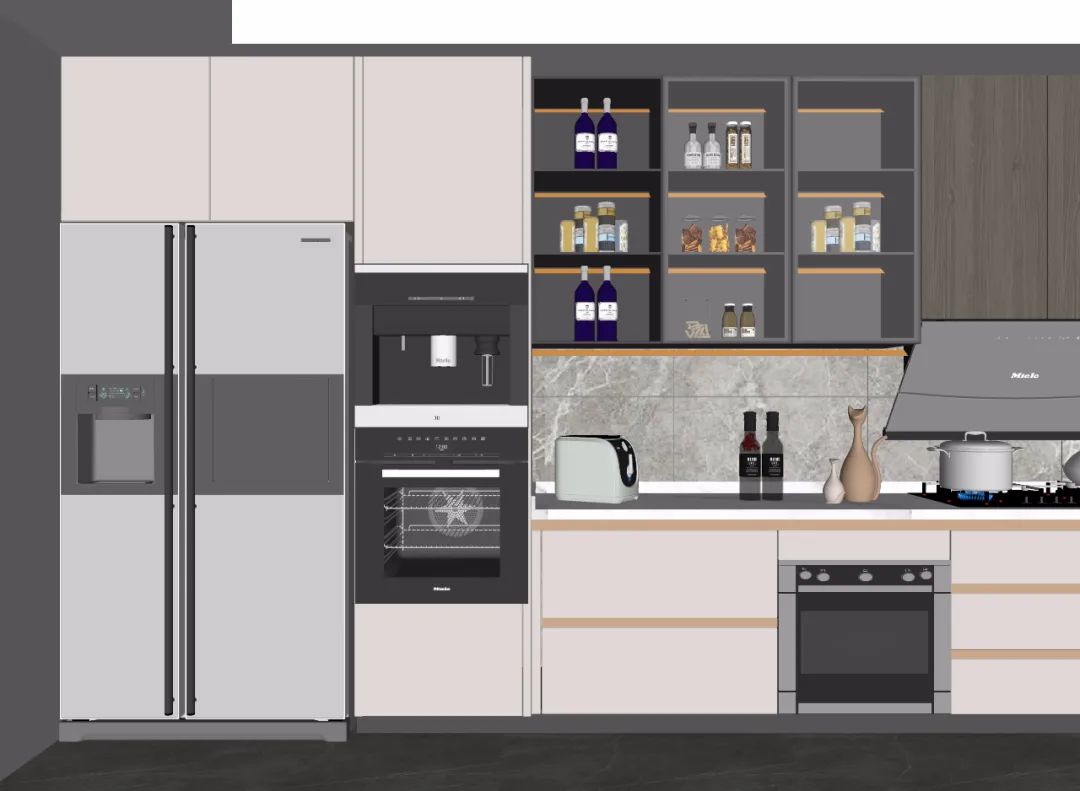
On the other hand, high temperatures can negatively affect the cabinet itself. Different appliances have different heat dissipation methods and locations. Some dissipate heat from the back or bottom, while others do so from all sides. Therefore, this must be considered in the design.
The core logic of heat dissipation is: maintain distance between appliances and cabinets while protecting the cabinets.
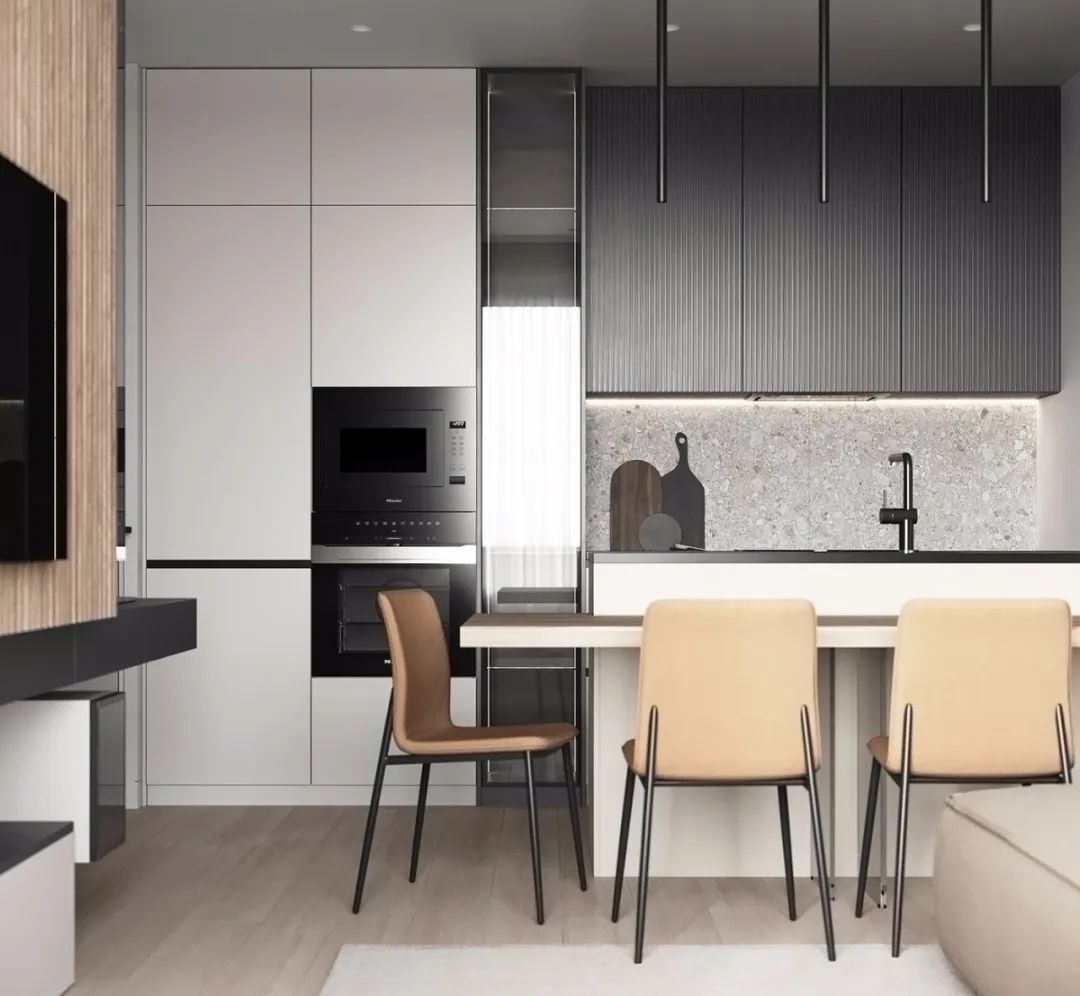
Thus, when reserving cabinet dimensions, a certain distance must be maintained between the appliances and the cabinet. Additionally, the choice of cabinet materials cannot be the same as conventional wardrobe or TV cabinet materials. High-temperature resistant and deformation-resistant materials should be chosen, or heat insulation boards can be placed inside the cabinet to extend the appliance’s lifespan and protect the cabinet.
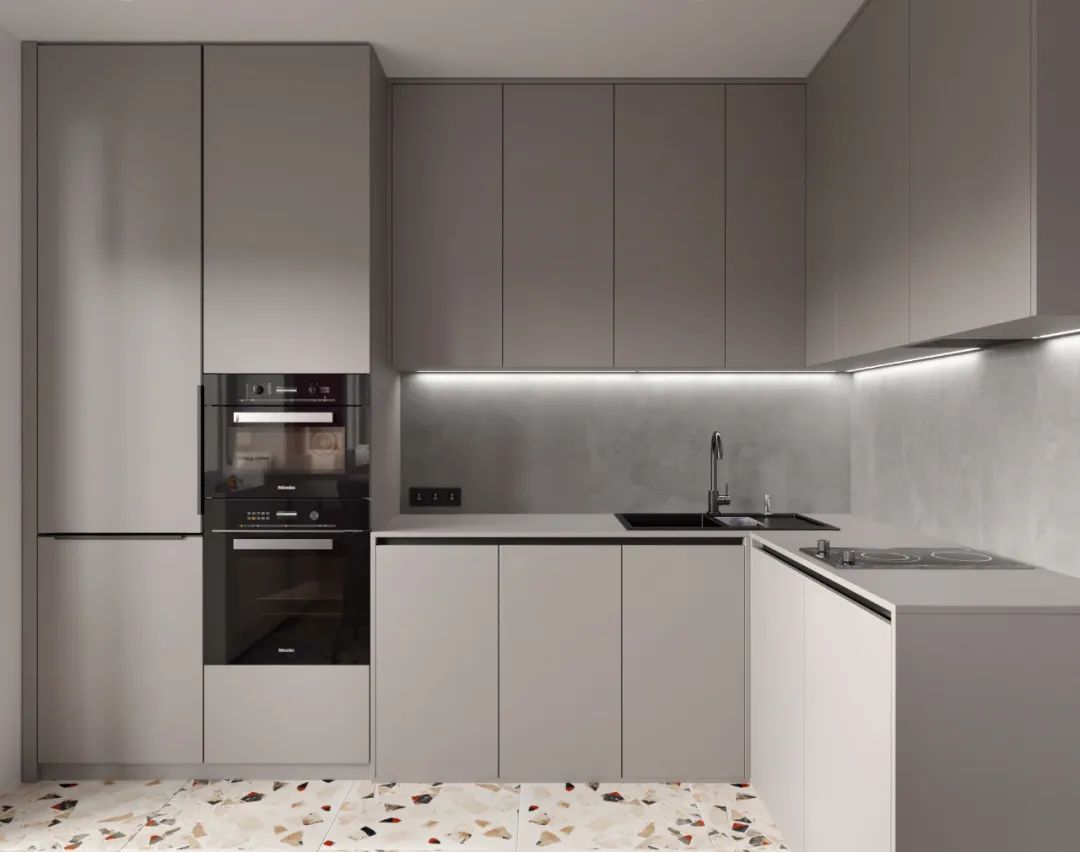
Different appliances also have different heat dissipation measures and requirements
01. Oven
If the oven is to be embedded, it is best to choose an oven with front heat dissipation, and the cabinet where the oven is installed should not have a back panel. Maintain a gap between the oven and the cabinet for ventilation. The cabinet materials must be heat-resistant.
If the oven is installed in a base cabinet, it should not be placed under the gas stove. Both the gas stove and the oven have high heat dissipation requirements. Placing them together could damage the appliances and lead to safety incidents.
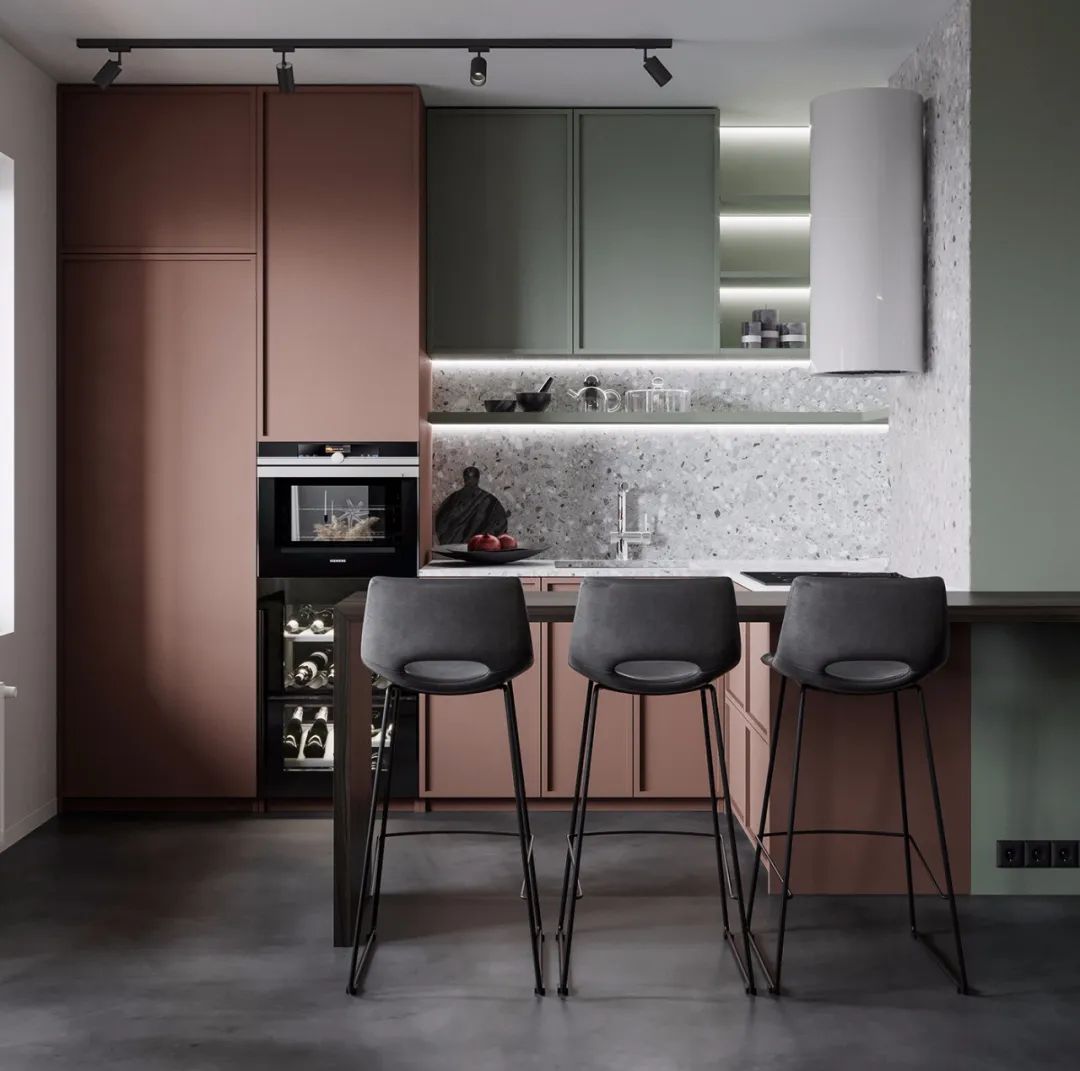
02. Microwave
The heat dissipation logic for microwaves is similar; they need to maintain a distance from surrounding cabinets. There should be at least a 100mm gap between the microwave and the cabinet above, and a 50mm gap on both sides to ensure ventilation. Choose a microwave with front heat dissipation.
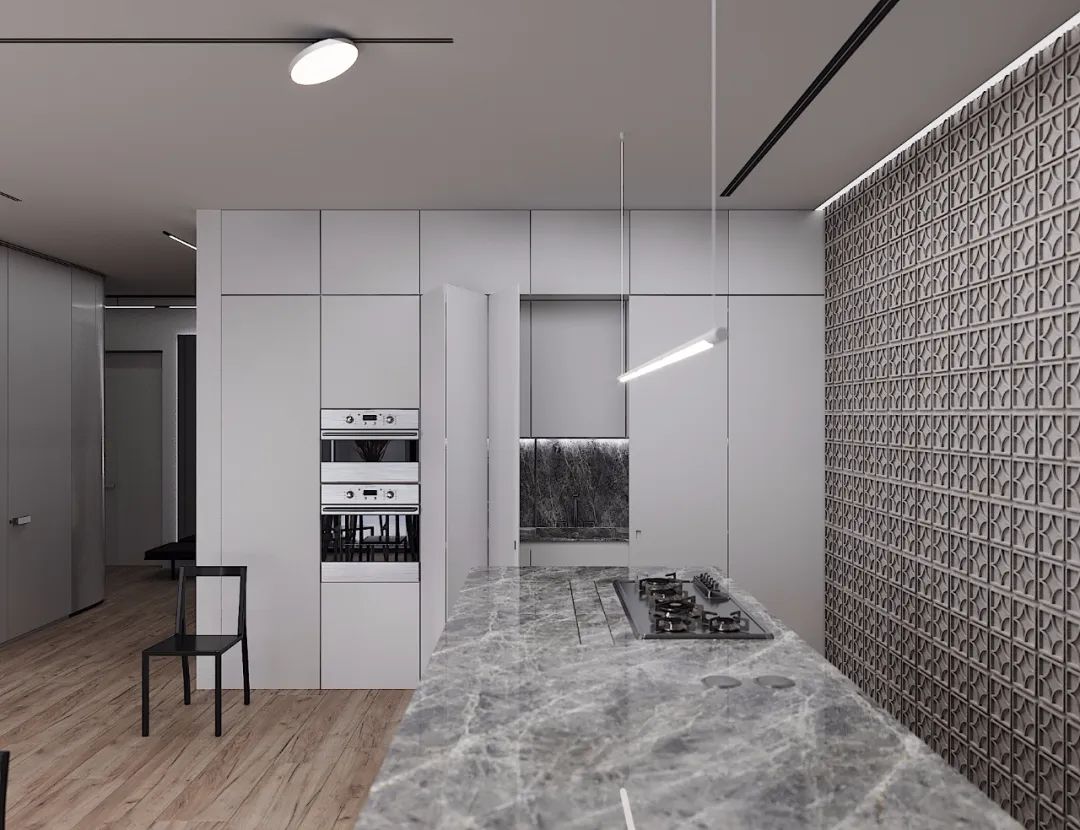
Sterilizers are generally installed directly below the stove, maintaining a gap of ≥150mm between them. A square vent with an edge length of 120mm should be reserved on the back cabinet to ensure ventilation.
Embedded refrigerators have major heat dissipation sources on their sides and back. Therefore, a distance of at least 100mm should be maintained between the refrigerator and the cabinets or walls on both sides and the back.
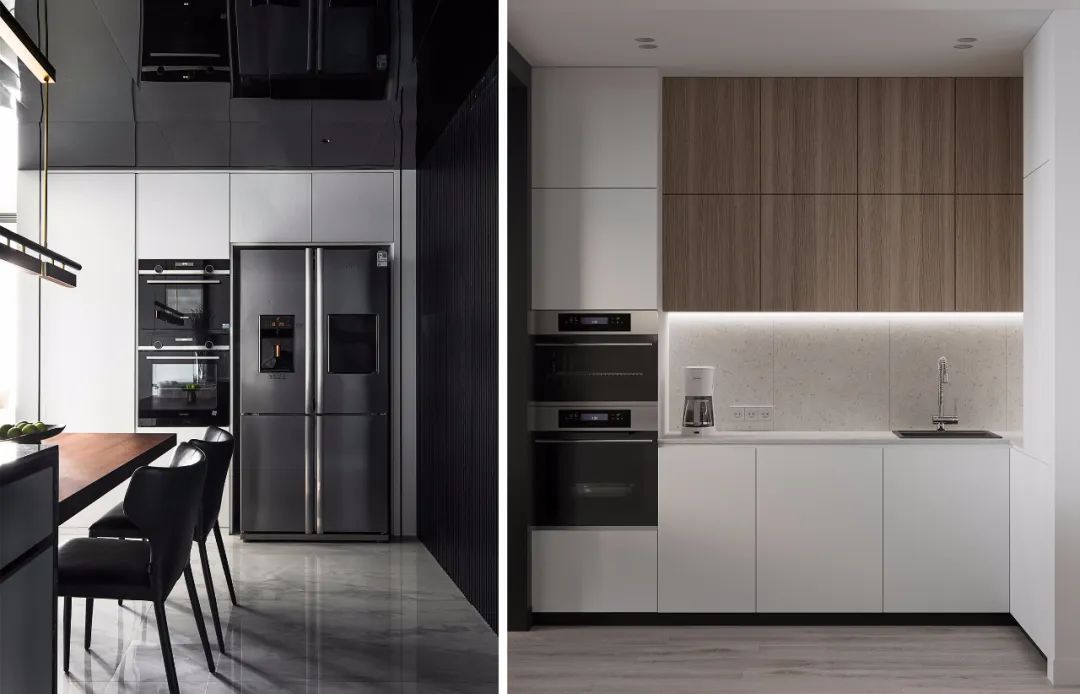
2) Water and electricity design requirements
It is necessary to consider the layout and placement of appliances in advance to plan for the socket layout. Generally, sockets should be placed on the side or in the adjacent cabinet (with pre-drilled holes), avoiding direct placement behind the appliances.
Why is this? Imagine if the appliance has rear heat dissipation, and the socket is also at the back; this can damage the appliance and pose safety risks.
From a dimensional perspective, placing the socket behind the appliance occupies some of the embedded depth, resulting in the appliance protruding from the cabinet, severely affecting the aesthetic effect.
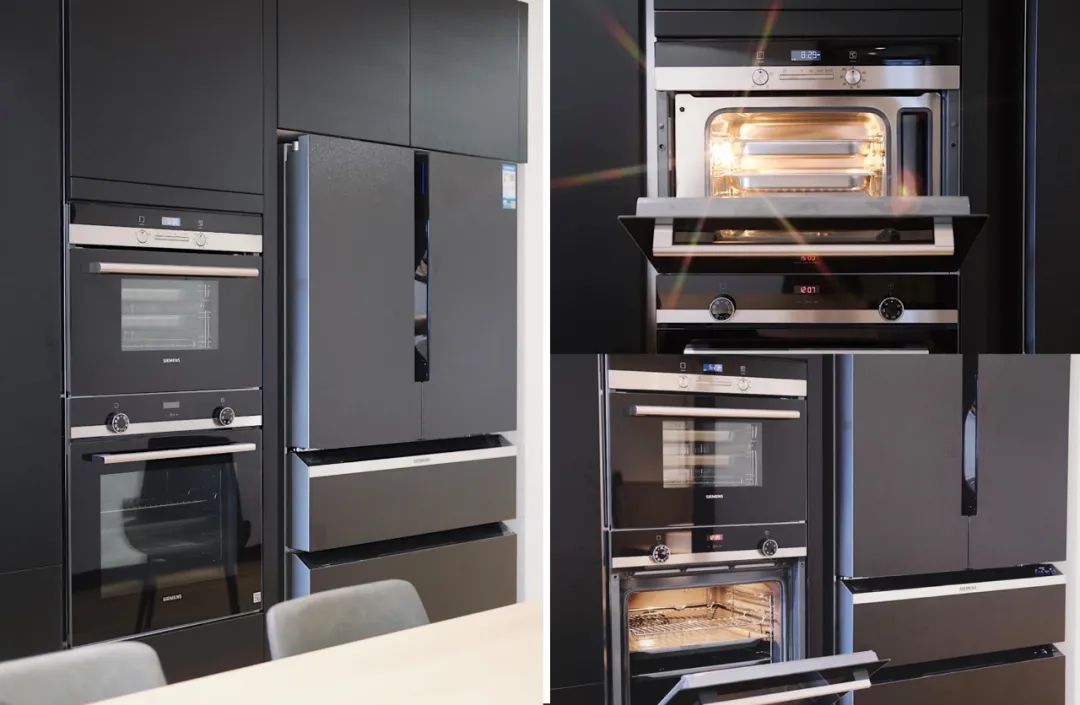
02. Water supply and drainage layout
Before making the cabinets, the positions of the water supply and drainage pipes and the dimensions of the appliances should be reserved. Remember, in cases of limited depth, the water inlet and socket should not be placed directly behind the appliance.
Otherwise, it will cause the appliance to protrude, affecting aesthetics. The floor drain should not be placed directly below the appliance, to avoid affecting drainage. It should be positioned beside the appliance.
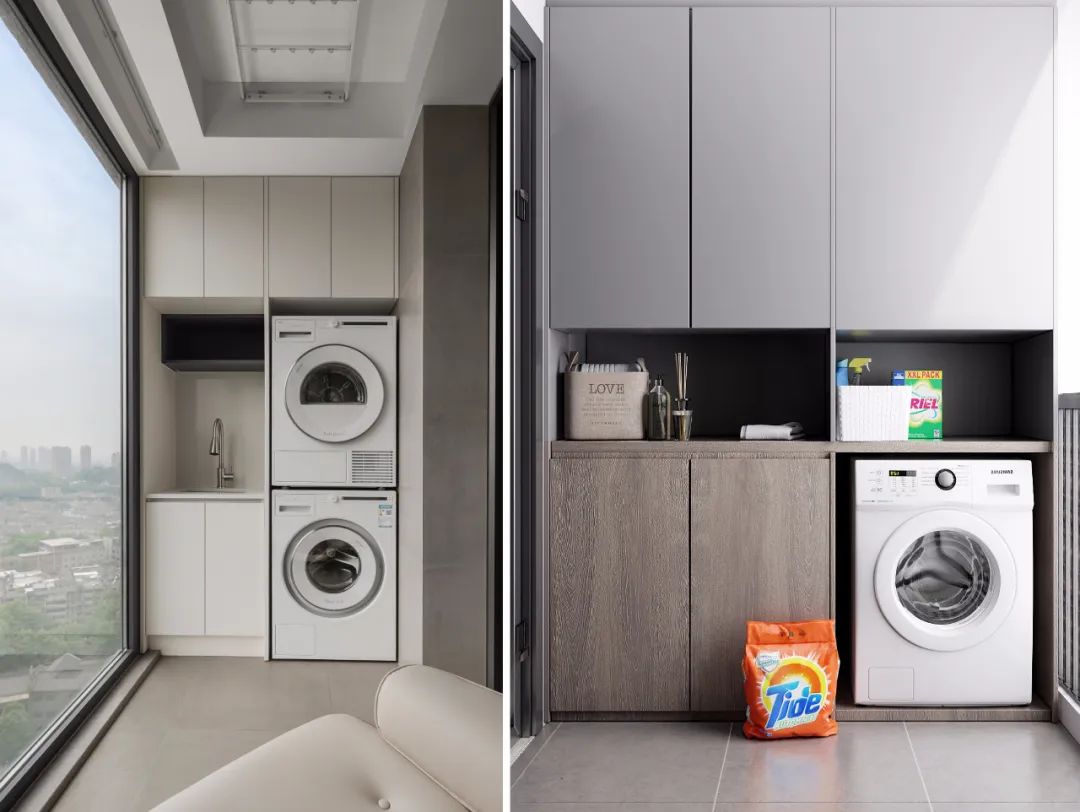
- Discovering the beauty of design with you -
Old rule: Free to receive, do not share, do not forward to Moments
Long press to recognize the QR code to receive for free
If the above WeChat is restricted
You can add: topsheji4
(Just add one)
Twelfth free benefit 2022 latest internet celebrity - CAD library
Ninth season benefits (exclusive compilation)
2021 (high-quality) editable soft decoration PPT plan 25 sets 1.37G
(Click the image to see details)
👇 Click [Read the original text] to enter the design resource library immediately, continuous discounts






















